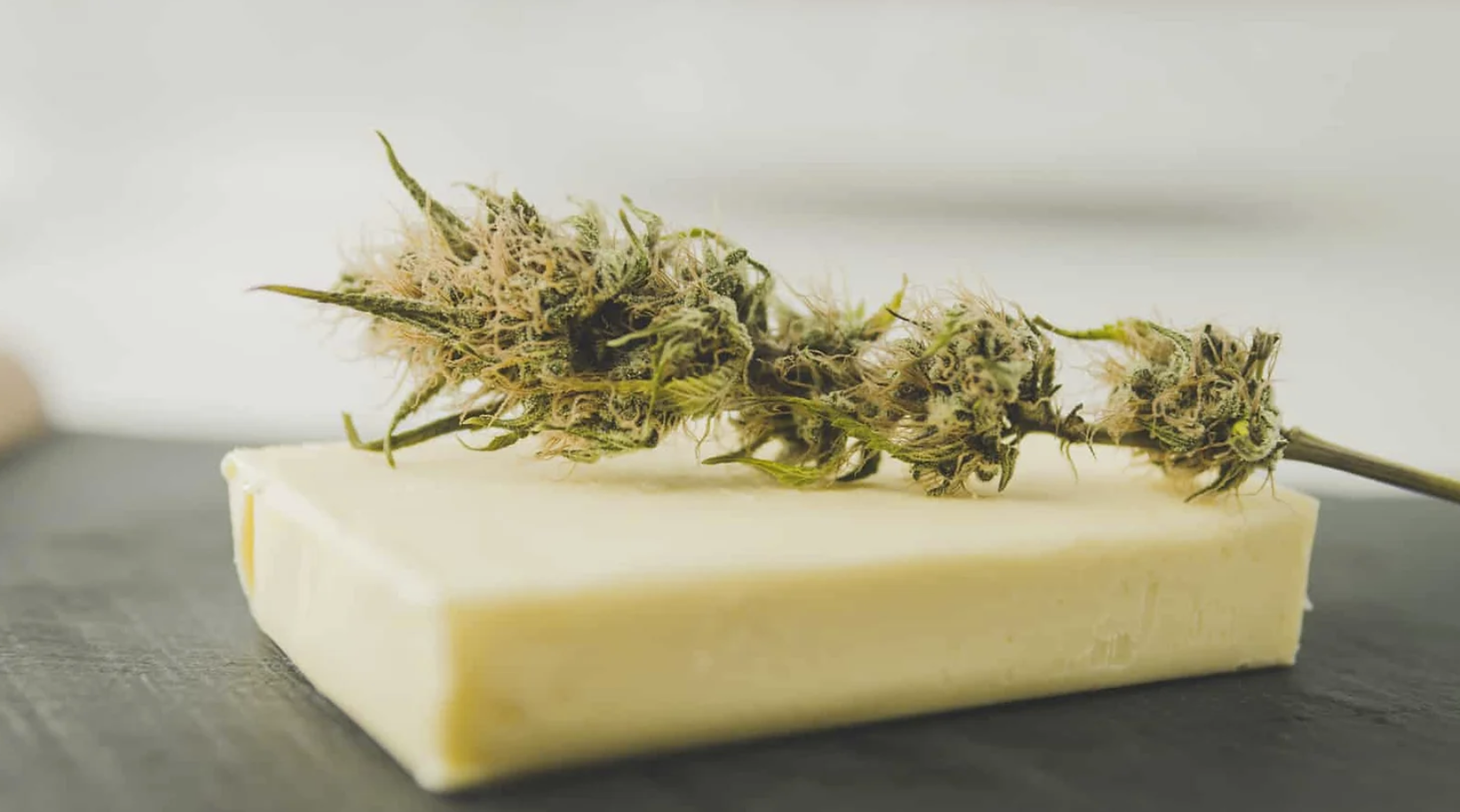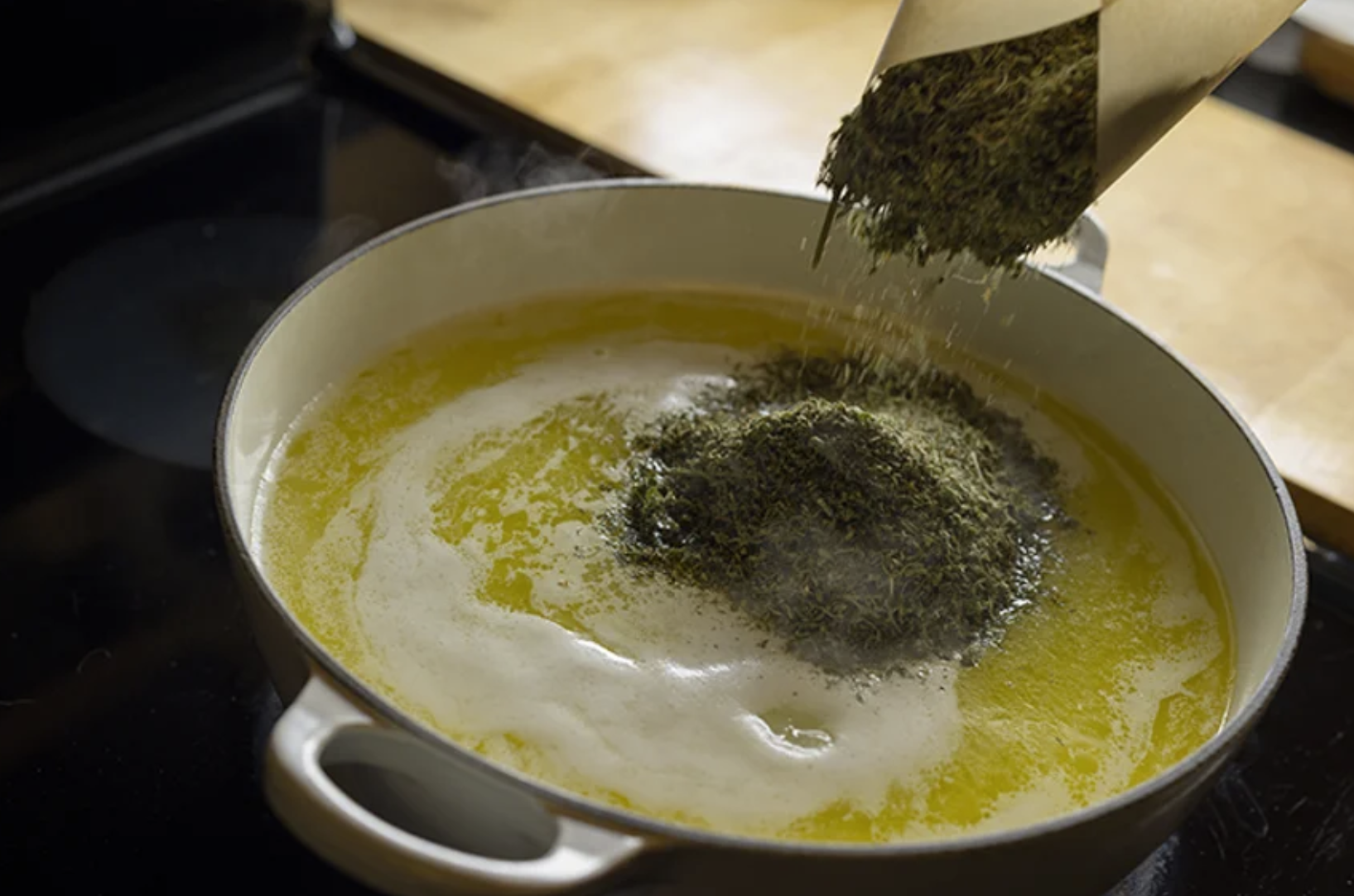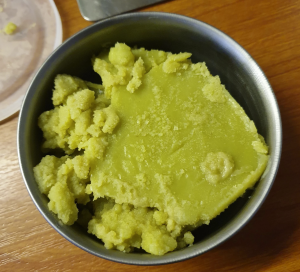
If you’re a cannabis enthusiast, then you’ve probably heard of cannabutter. Cannabutter is a crucial ingredient in many cannabis-infused recipes, including brownies, cookies, and even savory dishes. It’s a versatile and potent way to consume cannabis but making it can be a bit of a challenge.
In this ultimate guide, we will teach you everything you need to know about making the perfect cannabutter. We’ll cover the basics, such as what cannabutter is and what you’ll need to make it, and we’ll also give you some tips and tricks to ensure that your cannabutter is always top-quality.
Table of Contents
- What is cannabutter?
- Why make your own cannabutter?
- What you’ll need to make cannabutter
- Choosing the right strain
- Decarboxylation
- Butter infusion methods
- Slow Cooker Method
- Stovetop Method
- Water Bath Method
- Straining the butter
- Dosage calculations
- Storage
- Tips and tricks
- Common mistakes to avoid
- Frequently asked questions (FAQs)
1. What is cannabutter?
Cannabutter is a mixture of cannabis and butter. The cannabinoids in cannabis, such as THC and CBD, are fat-soluble, which means they bind to the fats in the butter. This makes cannabutter an ideal ingredient for cannabis-infused recipes.
2. Why make your own cannabutter?
There are several reasons why you might want to make your own cannabutter. For starters, it’s a cost-effective way to consume cannabis. Store-bought edibles can be expensive, but making your own cannabutter allows you to control the dosage and save money.
Additionally, making your own cannabutter allows you to choose the strain and quality of cannabis you use. This can be particularly beneficial if you have specific medicinal or recreational needs.
3. What you’ll need to make cannabutter
To make cannabutter, you’ll need a few key ingredients and tools:
- Cannabis
- Unsalted butter
- Cheesecloth or strainer
- Double boiler or saucepan
- Glass bowl
- Wooden spoon or spatula
- Thermometer
- Scale
4. Choosing the right strain
When making cannabutter, it’s important to choose the right strain of cannabis. The potency and effects of the final product will depend on the strain you choose.
If you’re looking for a relaxing and sedative effect, then an indica strain may be best. If you’re looking for a more uplifting and energizing effect, then a Sativa strain may be more suitable. However, you can also mix strains to achieve your desired effect.
5. Decarboxylation
Before infusing your butter with cannabis, it’s essential to decarboxylate it. Decarboxylation is the process of heating cannabis to activate the cannabinoids, making them bioavailable.
To decarboxylate your cannabis, preheat your oven to 240°F (115°C). Grind your cannabis and spread it evenly on a baking sheet. Bake it in the oven for 30-40 minutes, stirring occasionally. Once done, remove it from the oven and let it cool.
6. Butter infusion methods
There are several methods you can use to infuse your butter with cannabis. Here are three popular methods:

7. Slow Cooker Method
- Melt the butter in a slow cooker on low heat.
- Add the decarboxylated cannabis to the melted butter and stir well.
- Cover the slow cooker and let it simmer on low heat for 6-8 hours, stirring occasionally.
- After the allotted time, strain the mixture through cheesecloth or a fine-mesh strainer to remove any plant matter.
- Store the cannabutter in a glass container in the refrigerator or freezer.
8. Stovetop Method
- Melt the butter in a saucepan over low heat.
- Add the decarboxylated cannabis to the melted butter and stir well.
- Let the mixture simmer on low heat for 2-3 hours, stirring occasionally.
- After the allotted time, strain the mixture through cheesecloth or a fine-mesh strainer to remove any plant matter.
- Store the cannabutter in a glass container in the refrigerator or freezer.
9. Water Bath Method
- Fill a large pot with water and bring it to a boil.
- Place a glass bowl on top of the pot, making sure it doesn’t touch the water.
- Melt the butter in the glass bowl over low heat.
- Add the decarboxylated cannabis to the melted butter and stir well.
- Let the mixture simmer on low heat for 2-3 hours, stirring occasionally.
- After the allotted time, strain the mixture through cheesecloth or a fine-mesh strainer to remove any plant matter.
- Store the cannabutter in a glass container in the refrigerator or freezer.
10. Straining the butter
Straining the cannabutter is an essential step to ensure a smooth and pure product. Cheesecloth or a fine-mesh strainer can be used to remove any plant matter from the butter.
11. Dosage calculations
It’s important to calculate the dosage of your cannabutter to ensure you consume the desired amount of cannabis. To calculate the dosage, you need to know the potency of your cannabis and the amount used to make your butter.
12. Storage
Cannabutter can be stored in the refrigerator for up to two weeks or in the freezer for up to six months. Make sure to label the container with the date and dosage to keep track of your consumption.

13. Tips and tricks
- Use high-quality cannabis for better flavor and effects.
- Use unsalted butter to control the flavor and salt content.
- Stir frequently to prevent burning.
- Use a thermometer to monitor the temperature and prevent overheating.
14. Common mistakes to avoid
- Using too much cannabis can result in an overly potent product.
- Not decarboxylating cannabis can result in a weak product.
- Overheating the butter can burn the cannabis and ruin the flavor.
15. Frequently asked questions (FAQs)
Can I use margarine instead of butter?
Margarine can be used, but it may affect the flavor and texture of your final product.
Can I use trim or shake to make cannabutter?
Yes, trim or shake can be used, but it may result in a less potent product.
How much cannabis should I use to make cannabutter?
The amount of cannabis used depends on the desired potency and the recipe.
Can I use cannabutter in savory dishes?
Yes, cannabutter can be used in savory dishes such as pasta and risotto.
Can I use cannabutter in place of regular butter?
Yes, but keep in mind that it may affect the flavor and texture of your final product.
In conclusion, making a perfect cannabutter is a simple process that requires some patience and attention to detail. With this ultimate guide, you have all the information you need to create your own top





